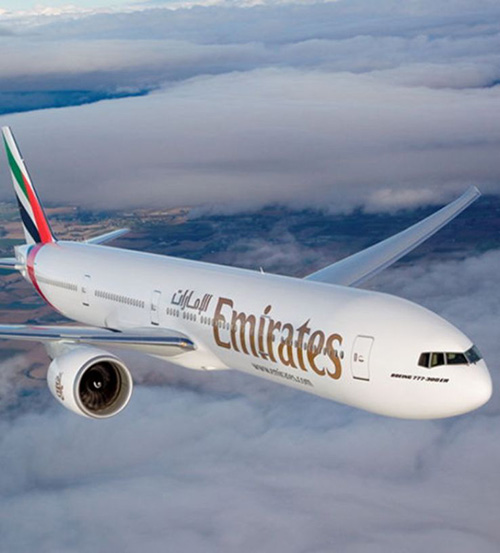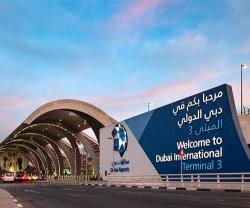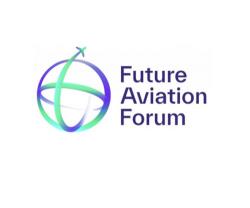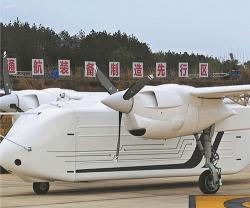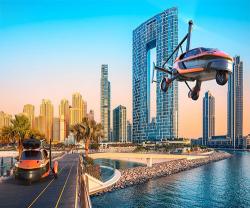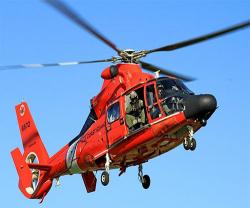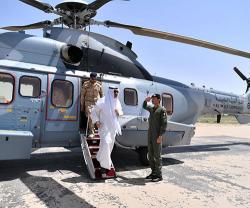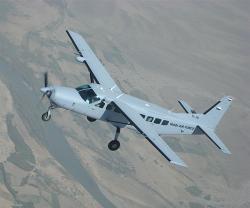Middle East carriers are forecast to see net profits improve to $600 million in 2018 (up from $300 million in 2017), new data showed.
According to forecasts released by the International Air Transport Association (IATA), demand in 2018 is expected to grow by 7.0%, outpacing announced capacity expansion of 4.9% (the slowest growth since 2002).
The region’s carriers face challenges to their business models, and from low oil revenues, regional conflict, crowded air space, the impact of travel restrictions to the US, and competition of the new “super connector” (Turkish Airlines). Despite the challenges, there is positive momentum heading into 2018.
All regions are expected to report improved profitability in 2018 and all regions are expected to see demand growth outpace capacity expansion. Carriers in North America continue to lead on financial performance as they are forecast to generate the strongest financial performance with net profits of $16.4 billion in 2018 (up from $15.6 billion in 2017). Market conditions are expected to continue to be strong, with announced capacity growth (3.4%) likely to be slightly less than our traffic forecast of 3.5%.
North American airlines have generated more than half of the industry’s profits produced in the past three years, but rising cost pressures have slowed further improvements. Low hedging ratios mean rising fuel prices have hit this region first and labor cost pressures have been an issue, though the expectation is that this pressure will diminish in 2018.
IATA forecasts global industry net profit to rise to $38.4 billion in 2018, an improvement from the $34.5 billion expected net profit in 2017 (revised from a $31.4 billion forecast in June). Highlights of expected 2018 performance include:
- A slight decline in the operating margin to 8.1% (down from 8.3% in 2017)
- An improvement in net margin to 4.7% (up from 4.6% in 2017)
- A rise in overall revenues to $824 billion (up 9.4% in 2017)
- A rise in passenger numbers to 4.3 billion (up 6.0% in 2017)
- A rise in cargo carried to 62.5 million tonnes (up 4.5% in 2017)
- Slower growth for both passenger (up 6.0% in 2018, up 7.5% in 2017) and cargo (up 4.5% in 2018, up 9.3% in 2017) demand
- Average net profit per departing passenger of $8.90 (up from $8.45 in 2017)
Strong demand, efficiency and reduced interest payments will help airlines improve net profitability in 2018 despite rising costs. 2018 is expected to be the fourth consecutive year of sustainable profits with a return on invested capital (9.4%) exceeding the industry’s average cost of capital (7.4%).
“These are good times for the global air transport industry. Safety performance is solid. We have a clear strategy that is delivering results on environmental performance. More people than ever are traveling. The demand for air cargo is at its strongest level in over a decade. Employment is growing. More routes are being opened. Airlines are achieving sustainable levels of profitability. It’s still, however, a tough business, and we are being challenged on the cost front by rising fuel, labor and infrastructure expenses,” said Alexandre de Juniac, IATA’s Director General and CEO.
“The industry also faces longer-term challenges. Aviation is the business of freedom and a catalyst for growth and development. Governments need to raise their game - implementing global standards on security, finding a reasonable level of taxation, delivering smarter regulation and building the cost-efficient infrastructure to accommodate growing demand,” he added.

